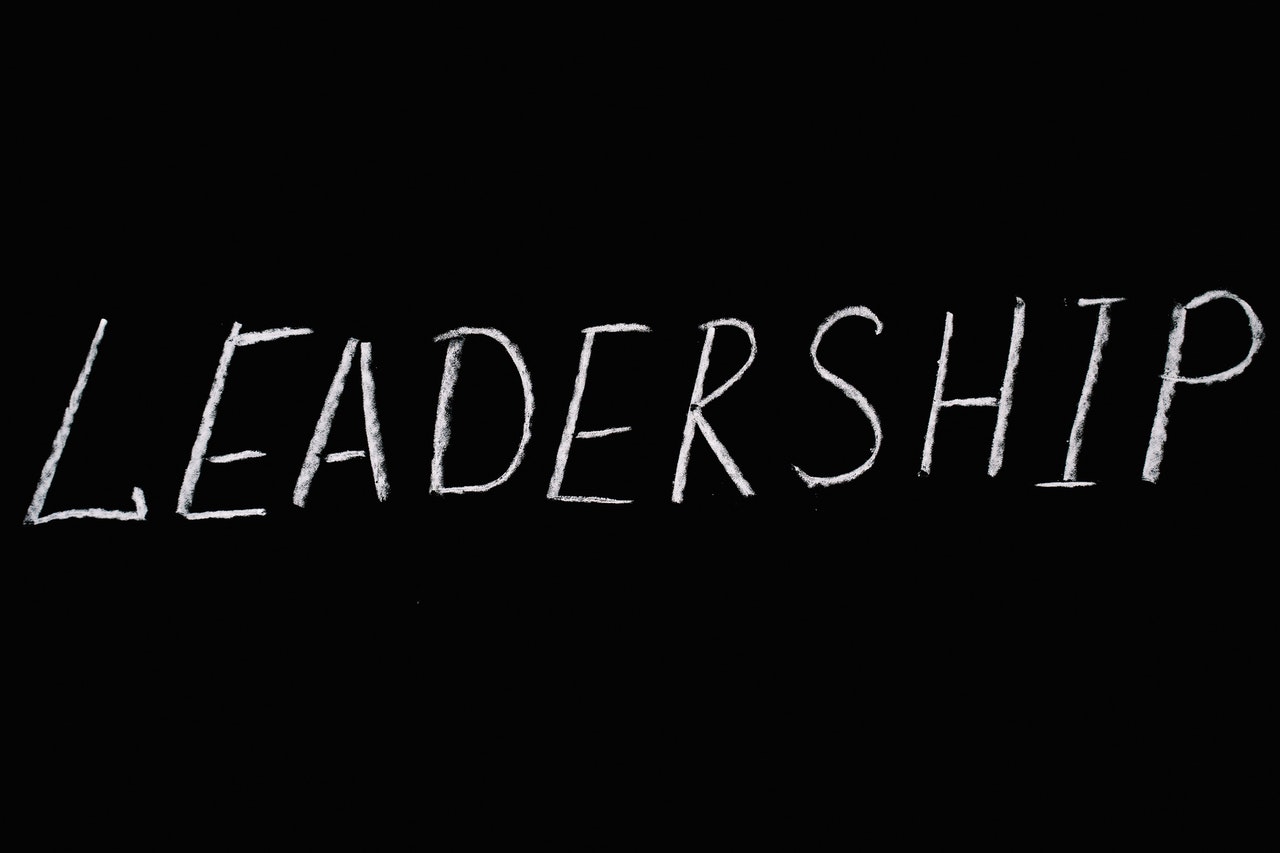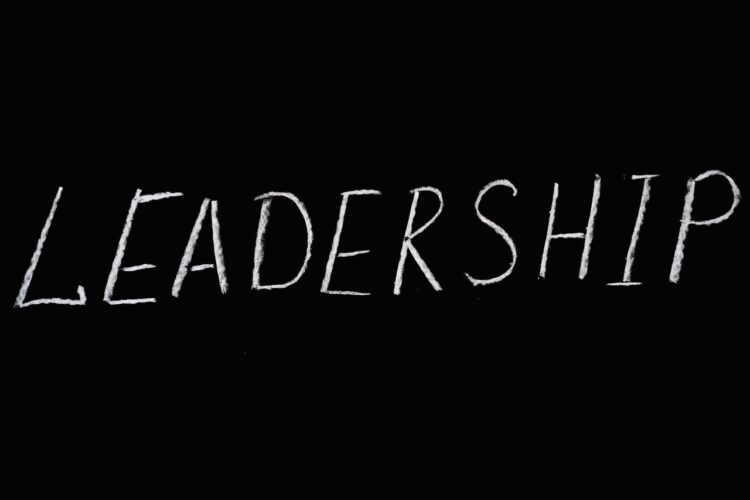Understanding How Leadership Actions Affect Workforce
 As a leader, you need to set the itinerary for your team, set some long-term objectives and goals, as well as educate, nurture, and discipline as necessary.
As a leader, you need to set the itinerary for your team, set some long-term objectives and goals, as well as educate, nurture, and discipline as necessary.
One thing that skillful leaders understand is that in order to have demands on your team members, it’s a crucial first step to nurture them.
Leadership is a learned skill. Leadership is a skill that is part education, part knowledge born of experience.
There’s some science behind becoming a more effective leader but as we’re dealing with complex individuals with desires, interests, and experiences all their own, knowing how to adapt your leadership style to each individual case is crucial.
Too often in the workplace, the disconnect between management and team members can lead to misunderstanding and miscommunication. Those factors can lead to a whole slew of more significant problems if they’re allowed to fester and grow.
How Poor Leadership Affects Team Members Differently
It’s been said that employees don’t “quit the job, they quit the boss.”
That truism is crucial for leadership to understand and process to prevent the cancer of poor leadership from taking hold on the team and the workplace.
Some of the most common symptoms of poor leadership in the workplace include
-
Poor employee performance
-
Decreased productivity
-
Labor hours lost due to illness.
-
Higher rates of employee turnover
-
Lost motivation
Other concerns that leadership needs to be aware of are that there are increases to workplace ethical dilemmas in situations that are impacted by poor management.
Employees lack a sense of involvement and cohesion, but more importantly, there is a major concern of the employees’ overall well-being.
Workplace dissatisfaction is a significant cause of depression and other physical and mental disorders.
To understand the dangers of depression, it’s necessary to understand that depression can exhibit obvious signs and have a subtle effect.
Asking a professional to evaluate employees’ mental well-being will help understand what does depression feel like for sufferers.
It can be a delicate situation to ask about an employee’s health and mental wellbeing, so the best option is to establish a voluntary self-reporting option with the interest of privacy in the forefront.
Otherwise, you and your organization can unwittingly cross the line between what is acceptable and not in the workplace. It is essential to understand the federal, state, and regional compliance regulations on the workplace.
Once a person suffers from depression, getting professional help to diagnose and treat the disease is crucial.
Showing Good Leadership Skills To Make A Better Workplace
To prevent a workplace environment that is conducive toward making for unhappy, unsatisfied team members, it is incumbent on leadership to focus on some of the following tactics:
-
Create open lines of communication between leadership and team members.
-
Establish some better personal connections within the workplace between members, as well as leadership.
-
Maintain a positive, professional demeanor and work environment.
-
Set clear goals for employees and management, define roles within the organizational structure.
-
Empower employees to take ownership of their roles within the organization and to have some freedom and latitude in decision making and strategy implementation.
-
Provide and ask for job performance feedback for labor and management alike.
-
Foster a team-oriented work environment and set clear obtainable objectives for every member.
Other forms of good leadership traits are; they uplift their sphere of influence, define clear objectives and educate others on accomplishing those tasks.
They inspire others to succeed, show decisiveness and curiosity in multiple solutions, encourages open dialogues, and empowers everyone to have ownership with their roles in the organization.
Becoming A Better Leader
An essential key for leadership is identifying areas where management can improve their practices and communication.
By fielding information from the workforce, management teams can gain better insights into what is useful and what is ineffective in their organization and procedures.
In every organization, it is the same from sports teams to workplaces. Identifying and relating with team members is a crucial role for leaders. In low management styles, the ramifications on performance and productivity are well documented, while the impacts on individual health and well-being are just begging to be understood.
The more leaders focus on a holistic approach to their team members, the happier they become. The slogan “a happy bee is a busy bee” means that your organization will be able to achieve objective goals and handle subjective challenges with ease.



